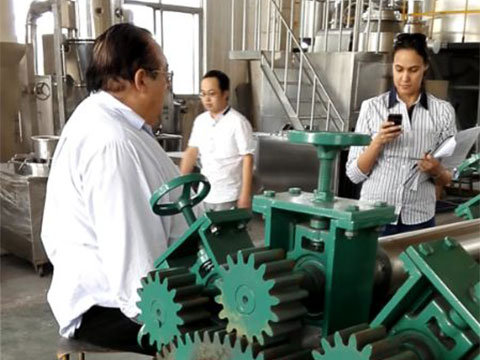Four important factors for controlling drying speed of flash dryer
In the process of drying high viscosity products (pulp and filter cake) by flash dryer, these machines mainly focus on three processes, which are crushing and size classification. The main features of these dryers are dust-free operation, easy control of material fineness and moisture content, effective heat and mass transfer, short and uniform drying time.
There are four important factors to control the drying speed of rotary flash dryer. These are:
1. Moisture dispersion in drying process
This defines the accessibility of dry media (hot air or gas) as wetted surfaces. This is achieved in flash dryer using product dispersion such as mechanical scattering, twin paddle feeder or cage crusher in feed mixing drying products.
2. Temperature differential in drying process
High initial temperatures may be used in flash drying operations. These are due to the short contact time, the temperature of the product does not exceed the wet bulb temperature of the gas, unless all surface moisture is removed.
3. Stirring during drying
In the operation of flash dryer, agitation or turbulence is realized by high gas velocity. The vapor film constantly washes away the wet particles, which can almost remove most of the moisture.
4. Particle structure
Having capillary material will be able to evolve surface moisture from the inner region more rapidly by drying action. Dense particles with no voids are difficult to dry in a flash drying system.

